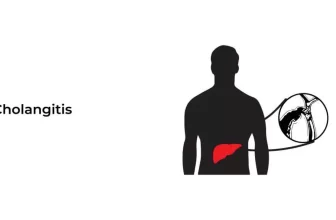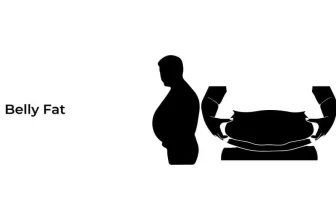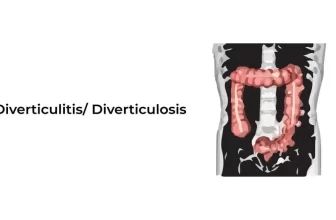Flexor carpi radialis (FCR) is a spindle-shaped muscle present in the forearm of the human body. As the name indicates, the flexor is the muscle that flexes a joint, whereas carpus is a Latin word that means wrist. So, flexor carpi radialis is a forearm muscle that helps to flex and abduct the hand radially. It starts from the humerus epicondyle and closes at the wrist area.
Origin and Insertion
The flexor carpi radialis (FCR) muscle originates from the humerus’s medial epicondyle through the surrounding fascia and common flexor tendons. The six long muscles in the forearm have the same origin, called the common flexor tendon. The common flexor tendon includes palmaris longus, pronator teres, flexor carpi radialis, flexor carpi ulnaris, flexor digitorum superficialis, and profundus.
The muscle belly runs obliquely from the ulnar forearm to the medial epicondyle. The lower third of the forearm gives the long tendons that pass below the flexor retinaculum into the hand’s palmar surface. The tendon crosses the scaphoid bone’s palmar surface and traverses on the trapezium bone surface in a groove. 2-3 tendons are inserted into the palmar surface based on metacarpal bone.
Relation:
The flexor carpi radialis (FCR) muscles are present on the deep surface of the forearm in a superficial position to the flexor digitorum superficialis muscle. This muscle is in the lateral position to the palmaris longus and the medial position to the pronator teres. On the hand, the attaching tendinous fibers of these FCR muscles are present deep in the adductor pollicis muscle’s oblique head.
According to the neurovascular structure, the flexor carpi radialis (FCR) muscle’s proximal part covers the median nerve before passing beneath the flexor digitorum superficialis muscle. The radial artery runs between the tendons of the brachioradialis muscle and flexor carpi radialis in the proximal direction to the wrist, making it a common site for palpation to measure radial pulse.
Innervation and Blood supply:
The flexor carpi radialis (FCR) muscle innervation is done through the brachial plexus’s lateral and medial cords. The blood is supplied to FCR from the anterior and posterior recurrent ulnar arteries. Whereas the additional nutrients are provided through 6-8 branches of the radial artery.
Function:
Flexor carpi radialis produces the combined wrist flexion and wrist abduction motion due to its oblique position. FCR benefits from putting hands proximally and laterally to create radial deviation. It makes a balanced flexion of hands while acting together with other muscles such as flexor carpi ulnaris and palmaris longus. It also works with the brevis and extensor carpi radialis longus, resulting in balanced hand abduction. As it obliquely crosses the forearm, it contributes to pronation to some extent. Furthermore, it prevents the unwanted extension of hands and remains active during digits extension.
Related exercises:
Just like all other forearms flexors, the FCR can be strengthened by those specific exercises that resist its flexion. Wrist rollers and wrist curls with the dumbells help strengthen the Flexor carpi radialis muscle.
References:
- https://www.physio-pedia.com/Flexor_Carpi_Radialis retrieved on April 09, 2022.
- https://www.kenhub.com/en/library/anatomy/flexor-carpi-radialis-muscle retrieved on April 09, 2022.
- https://en.m.wikipedia.org/wiki/Flexor_carpi_radialis_muscle#:~:text=Anatomical%20terms%20of%20muscle,a%20flexor%20of%20the%20wrist retrieved on April 09, 2022.







